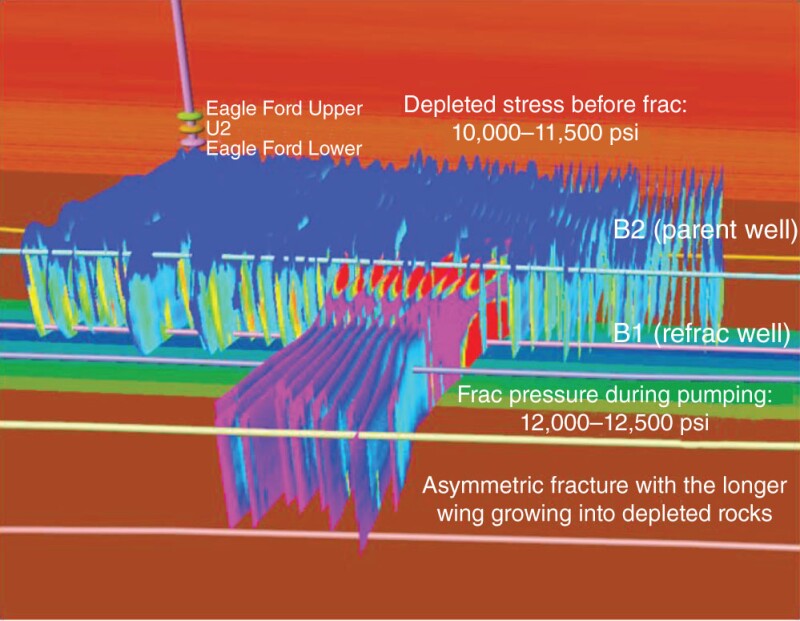While some wells show production uplifts after a frac hit (FH), many wells experience production degradation or complete loss of production because of failed casing or plugged wellbores. The complete paper focuses on Eagle Ford FH characterization, production-impact-prediction methods, and mitigation techniques. The techniques and findings presented in this paper are intended to improve the understanding of FH trends and their effects on the development of unconventional reservoirs.
FH Detection and Data Collection
Parent-Well Production Data. The authors write that identifying and building a database recording FH effects for every parent well has been a significant effort, with more than 1,600 wells drilled in the Eagle Ford by ConocoPhillips. This mass of data, however, serves as an excellent record of changes to production rate, water cut, yield, and pressures.
Parent-Well Surface Pressure. Parent-well surface pressure data can be important for FH analysis.


